The region of Valencia in eastern Spain is as diverse as it is interesting, but many people think of Valencia in terms of it's cool and cosmopolitan city, or they relate to the wider area, known as the Communidad Valenciana, one of the largest autonomous regions of Spain.
There is though, far more to Valencia than just the city so we took a trip out into the local countryside to suggest a few places that, if you have a hire car, you would be glad that you discovered!
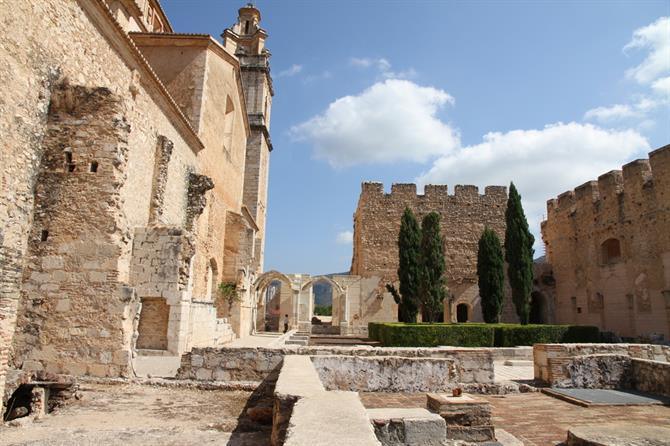
As the city is bordered by the sea to the east, it is surrounded, literally, by thousands of square miles of lush countryside and mountain ranges, in fact if you are used to seeing Spain from the point of view of places further south such as Alicante, or even the Costa del sol, the Valencia region is far greener than you would first imagine Spain to be.
Although it's generally a warm region of Spain, and certainly gets it's fair share of super-scorching weather during August, for the rest of the year it's warm enough to enjoy sightseeing without overdoing it.
Flights to Valencia's main international airport run daily, and at weekends too, from from UK airports such as Stansted, Bristol and Manchester, so getting here and back from nearer to your home is rarely an issue.
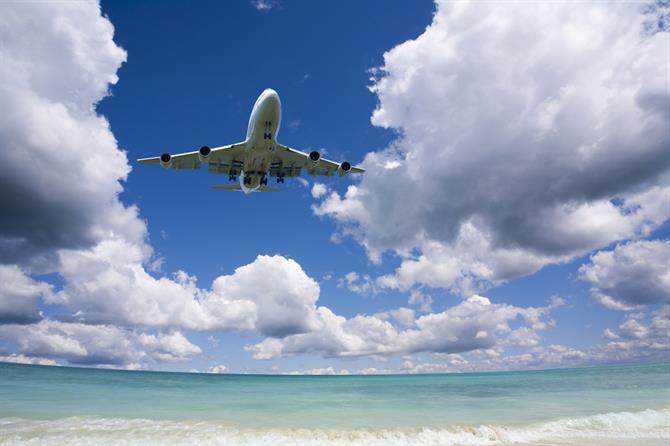
Once you arrive at the airport, get into a hire car, available from the airport, and go and explore!
Discover the campo around Valencia!
In Spanish, the countryside is known by the catch-all term of "el campo", however Valencia is a bi-lingual area, speaking both Spanish, and a dialect of Catalan, known as "Valenciano", so in this case, the countryside is known as El Camp, and what better way to summarise the area is to have a trip to "El camp de Turia".
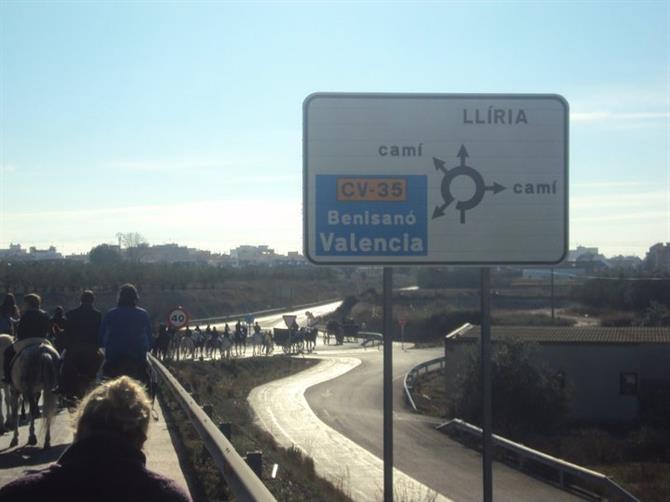
The region is bisected by a fast motorway known as the CV-35 which runs from the centre of the city, all the way out into the mountains that surround Valencia city like a huge horse shoe.
Lliria
We headed for somewhere I know very well, which was the large town of Lliria, a very important place since pre history times, and boasts extensive ruins from both the Roman occupation, and also later, the Muslim kings' occupation during the middle ages. The CV35 (pictured below) has 4 exits from the motorway, the best one to take being the second one that you come across.
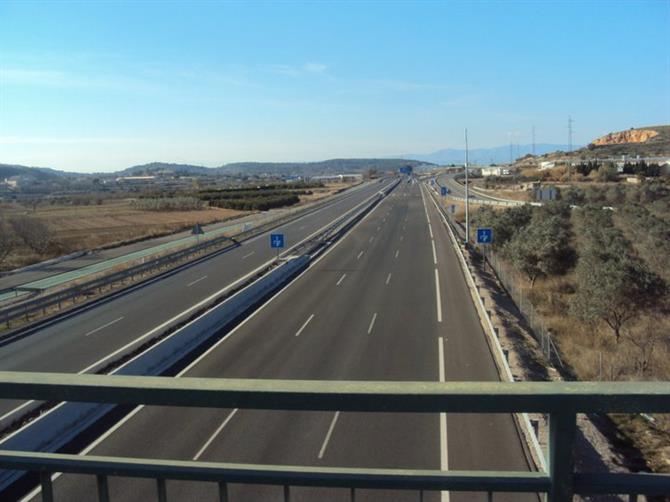
The town square or Plaza mayor has a wonderful 15th century Baroque church towering over the square, but that's not all. In lliria you will find remains of a Roman Mausoleum, a Roman leisure centre (seriously), bath houses from the Arabic period (banys arabs), several small museums, galleries and places of historical significance.
There are loads of old churches and monasteries in the area too, and arriving here whilst one of their religious fiestas is going on is very much recommended.
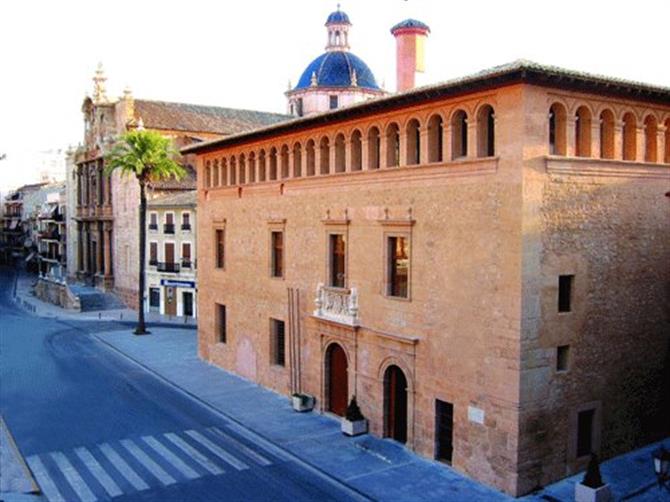
To get the best out of Lliria, the tourist office is located in the old town hall pictured above, a wonderful building in itself, and if the manager is there (Vicente) he also speaks English, although they do have leaflets in English, German and French too.
The camp de Turia is a vast area and although Lliria can actually be reached on the tube train (Line 1), a car is recommended to see the most of it.
Olocau
The small town of Olocau, which is reached from Lliria by taking the CV25, is another delightful place to visit, as it sits nestled beneath the foothills of the pine covered mountain ranges, and many a sunny Sunday morning can be spent watching the locals nattering away at one of the quaint local bars.
Although its only a small place, one suggestion I do have to head for the tourist office as it is located in the "Casa de la Senyoria" (The ladies house) which is a huge old restored mansion, attached to the remains of a Roman fort, complete with dungeons!
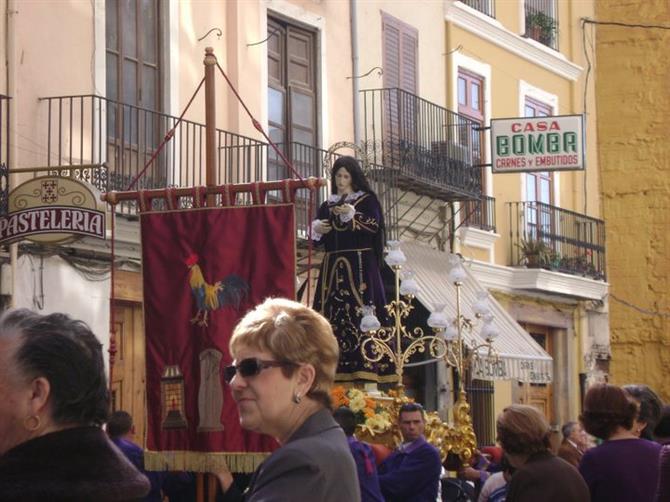
The house itself is quite amazing and it contains many original features from the period, plus a small farming museum, and a wonderful and huge original wine cellar with the old vats intact, along with the grape presses.
The house has had many uses over the centuries, including that of a monastery and a fortress. The upper floor (which does have disabled access) is often used as exhibition space and many art fairs are held not only by local Valencian painters, but also Dutch, German and British artists too.
There is so much to see and do in rural Valencia, it's just not enough for one article, so stay tuned for the next instalment coming soon!
